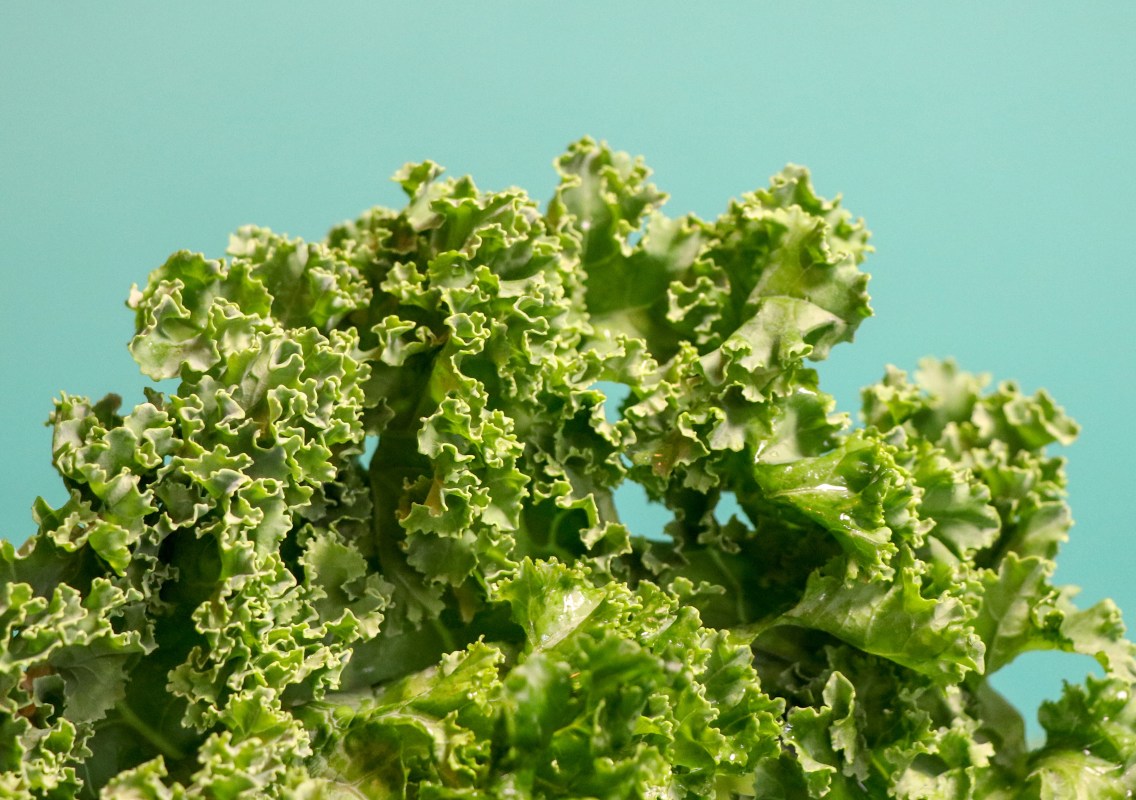Fiber dodging: a proud and unfortunate American tradition.
In a recent appearance on The Rich Roll Podcast, Dr. Will Bulsiewicz outlined the severity of our collective antipathy for fiber: “Our microbes turn around and reward us when we feed them fiber. They create short-chain fatty acids, which optimize our immune systems. [But] 97% of Americans are not getting adequate supply of fiber in their diet. And that’s creating issues for us.”
Bulsiewicz would know — he’s written multiple books on fiber (including Fiber Fueled) and has spent years tinkering with his daily intake, settling on a plant-based diet that champions fruit, vegetables, nuts, whole grains, beans, sourdough bread, matcha tea, black coffee and fermented foods like sauerkraut, kimchi and kombucha.
Don’t feel pressured to mirror a gut doctor’s fridge overnight. But it’s obvious that we could all stand to improve our fiber intake. Here’s how to do so, and some key tenets to keep in mind along the way.
A Guide to the Best Life Hacks From the Last 100 Years
Miracle mornings, presidential matrixes and more. These approaches can actually change your life.Protein mania
Big Protein has done its job well; most Americans are fixated on protein. How to consume more of it, how to replenish it the second they finish exercising, how they’d possibly live without it (if they were to cut back on meat consumption, for instance).
But while protein is important — and especially if you’re a training athlete with irregular energy expenditure — fiber deserves a fraction of this obsession. Consider: Americans barely consume half of their recommended daily fiber intake, with an average intake of only 15 grams against the suggested 22-34 grams. If you’re a man aged 31 to 50, you specifically need 31 grams of fiber a day.
Skipping fiber doesn’t just make your microbiome’s job harder. It can wreak karmic justice on your vital organs over time, increasing your risk of heart disease and even Alzheimer’s.
F-GOALS
A handy framework for upping your fiber intake? Bulsiewicz’s F-GOALS. The acronym stands for fruits and fermented foods, greens and grains, omega-rich nuts and seeds, aromatics, legumes, and sulforaphane. Here are some examples for each:
- Fruit: Apples, raspberries, avocados
- Fermented foods: Yogurt, kefir, kimchi
- Greens: Spinach, green peas, zucchini
- Grains: Barley, oats, quinoa
- Omega-rich nuts: Almonds, walnuts, pistachios
- Omega-rich seeds: Chia seeds, flaxseeds, hemp seeds
- Aromatics Garlic, onions, leeks
- Legumes: Black beans, lentils, chickpeas
- Sulforaphane: Brussels sprouts, broccoli, kale
Go slow
Keep in mind: if your diet has been low in fiber and you suddenly start consuming a lot more, you’re going to be gassy. Full stop. That initial bloated feeling is why many of us decide that ingredients like black beans or kale don’t agree with us, then promptly swear them off forever.
But the body — and more specifically, your gut microbiome — simply need time to adapt to the higher fiber intake. So make a point to increase your fiber intake gradually, which ought to help minimize any discomfort. And drink plenty of water as you increase your fiber intake…which will keep everything moving right along.
Whether you’re looking to get into shape, or just get out of a funk, The Charge has got you covered. Sign up for our new wellness newsletter today.



















